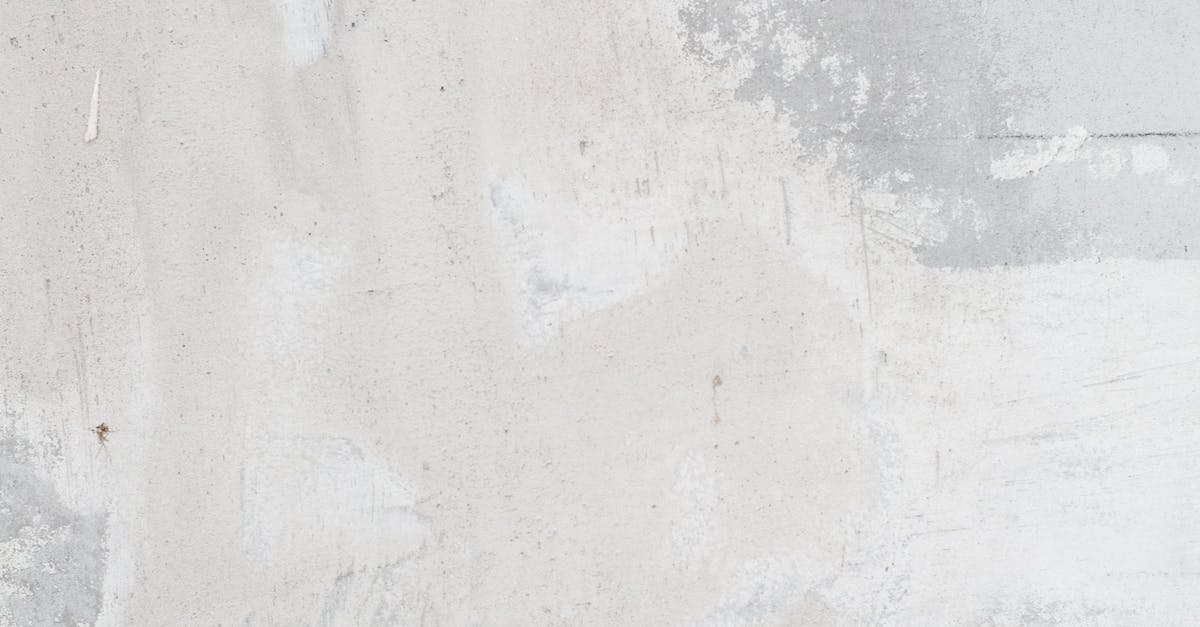Creating sculptures using various materials like metal, plaster, and integrating them into diverse environments is a dynamic and captivating form of artistic expression. Installation sculpture and environmental sculpture enable artists to interact with space and challenge traditional boundaries. To excel in these disciplines, one must be equipped with the right tools and techniques. In this article, we will delve into 15 essential tools and techniques for sculptors working with metal, plaster, and embracing installation and environmental concepts.
1. Welding Equipment:
For working with metal sculptures, welding equipment is vital. Invest in a high-quality welder, welding mask, gloves, and other safety gear to ensure precision and safety in your metal sculpting endeavors.
2. Plaster Mixing Tools:
When working with plaster sculptures, having the right mixing tools such as mixing buckets, spatulas, and plaster knives is essential for achieving the desired consistency and texture in your sculptures.
3. Metalworking Tools:
Metal sculptors should have a collection of metalworking tools including saws, drills, grinders, and files to shape and manipulate metal materials effectively.
4. Sandblasting Kit:
To add texture and intricate details to metal sculptures, a sandblasting kit can be a valuable tool. It allows artists to create unique surface finishes and patterns on metal surfaces.
5. Clay Modeling Tools:
For sculptors creating prototypes or molds for installation or environmental sculptures, clay modeling tools like sculpting loops, wire tools, and modeling spatulas are indispensable for shaping and refining sculptural forms.
6. Carving Chisels:
When working with plaster or wood sculptures, carving chisels of various shapes and sizes are essential for sculptors to carve intricate details and create intricate textures.
7. Armature Materials:
Creating a strong armature is crucial for supporting the weight and structure of sculptural pieces. Use materials like wire, rod, or PVC pipes to construct a reliable armature for your sculptures.
8. Environmental Modelling Materials:
For sculptors focusing on environmental concepts, materials like recycled objects, natural elements, and other found materials can be used to create eco-friendly and thought-provoking sculptures that interact with the environment.
9. Installation Tools:
Installing sculptures in specific locations requires specialized tools such as drills, anchors, levelers, and mounting hardware to securely position and display sculptural pieces in indoor or outdoor spaces.
10. Plaster Casting Supplies:
When casting plaster sculptures, having supplies like plaster of Paris, casting molds, release agents, and mixing containers is essential for creating precise replicas of sculptural forms.
11. Metal Finishing Tools:
To achieve a polished and professional finish on metal sculptures, metal finishing tools such as buffing wheels, sandpapers, and metal polishes can help in refining surfaces and enhancing the visual appeal of metal artworks.
12. Painting and Patina Supplies:
For adding color and character to metal or plaster sculptures, painting and patina supplies like paintbrushes, spray guns, patina solutions, and protective coatings are essential for achieving desired aesthetic effects.
13. Installation Planning Software:
Before embarking on installation sculpture projects, using digital tools like CAD software or 3D modeling programs can assist sculptors in planning and visualizing their sculptures within specific environments.
14. Safety Gear:
Regardless of the sculpting medium, safety should always be a top priority. Wear protective gear such as goggles, gloves, masks, and aprons to safeguard yourself from potential hazards while working with tools and materials.
15. Creativity and Experimentation:
Above all, the most important tools for sculptors are creativity and a spirit of experimentation. Embrace innovative ideas, explore new techniques, and push the boundaries of traditional sculpting to create truly unique and impactful installation, environmental, and metal/plaster sculptures.
Conclusion:
By equipping yourself with the right tools and techniques, sculptors can unlock endless possibilities in creating installation, environmental, metal, and plaster sculptures that captivate viewers and leave a lasting impression. Whether you are sculpting on a grand scale or exploring intricate details, utilizing these essential tools and techniques will empower you to bring your artistic visions to life in the world of sculpting information.


